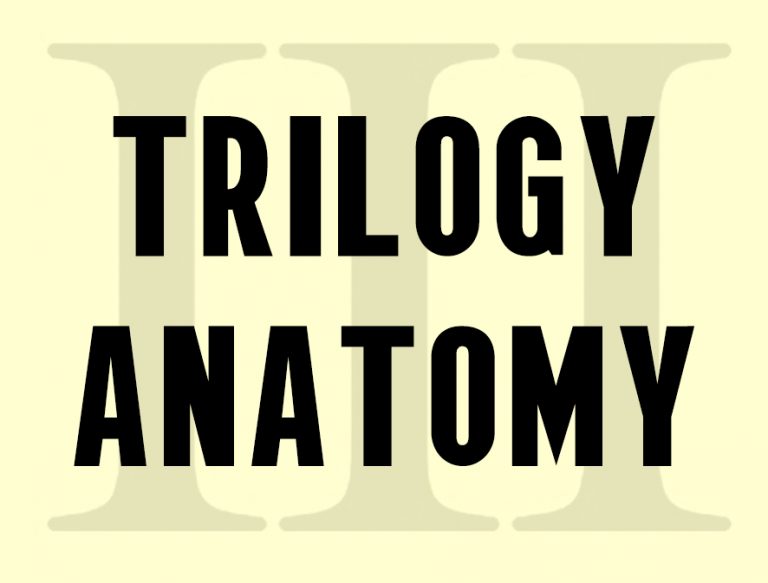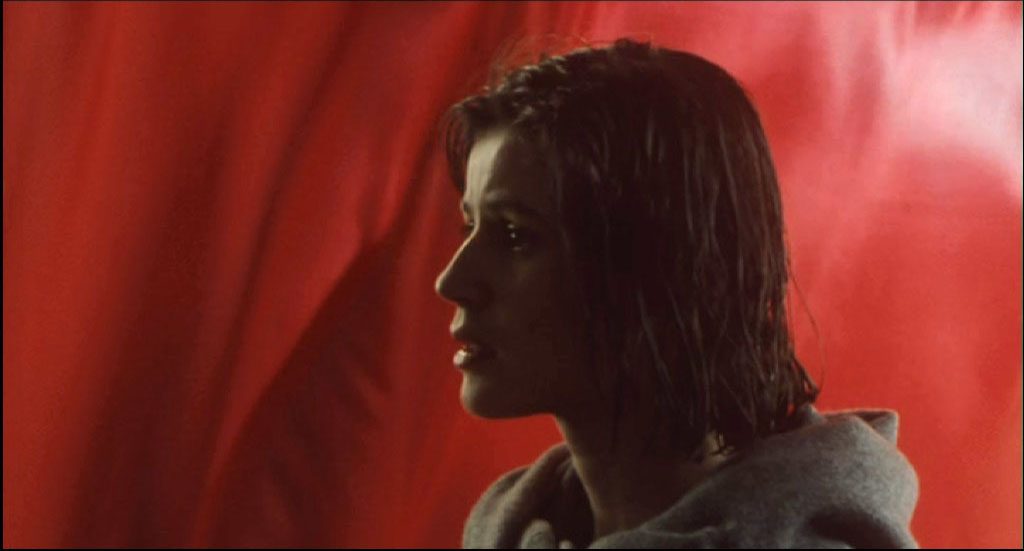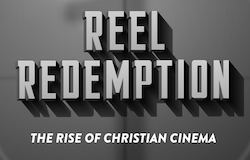Trilogy Anatomy: Red, by Tober Corrigan
24 Jun
Upon being asked after the release of the Dark Knight if he had a third installment planned, Christopher Nolan replied with asking ironically how many good third movies there were. Of course, Nolan eventually did complete his trilogy, whether it being against his better judgment or not depending on who one talks to. Throughout movie history, the essential functions of the third film in a series have either been as a fitting and satisfactory end to a particular storyline (Lord of the Rings: Return of the King), a disappointing but nevertheless conclusive entry (Godfather III), or a debacle so big as to necessitate a reset to the franchise (Superman III/Spiderman 3, etc., etc.). In anticipation of another highly-anticipated third film, War for the Planet of the Apes, this weekly series will cover famous third films, infamous third films and otherwise, exploring how trilogy-enders or other types of third films have functioned in relation to its series.
Trilogies can take on an overwhelming number of meanings, and though the origins of Krzysztof Kieślowski’s Three Colours trilogy are rooted in a definite method, what one can get out of the three films proves endless, and could fill many tomes. Based on the colors of the French flag, and supposedly based on the ideals the three represent, this trilogy goes to Poland, France, and beyond, charting the lives of artists and dreamers, lovers and shrewd business men, models and judges, and how these lives always, against all odds, simultaneously intersect and conflict. Each film’s story is different, with the central characters never repeating from the previous, despite there being surprise overlapping via cameos in each. While much could certainly be said about the politics at work, I found that less relevant (perhaps speaking to my being a foreign viewer) than the more universal aspects that run across the three. And in that way at least, the trilogy is a success.
The trilogy’s third and final film, Red, premiering in 1994 at Cannes and garnering three Academy Award nominations, is a story about Valentine, a lonely model in Geneva who, by circumstance of running over a dog, falls into a very odd friendship with the dog’s owner, a retired judge who spies on neighbors’ phone conversations and records them for seemingly his own delight. Many quiet, intense conversations about fate and justice turn their relationship into a Socratic symposium for two, learning as much about themselves as they do about each other along the way. The film relies on the trope of the young beauty warming the heart of the old, bitter man for its emotional core, though doing so in a European, anti-Hollywood manner. Though this only scratches the surface of the plot, with themes and ideas coursing through its veins every minute, what first becomes apparent as the film chugs along is the quaintness or dare I say lack of visual style in contrast to the first two. Blue played up to its tragic-operatic themes with sweeping orchestral motifs cut to dynamic montages, reflecting the moody, grieved state of Juliette Binoche’s character. White in contrast, looked whimsical, comic and daring on the screen, using gaudy but harsh exteriors to widen the appeal and scope of its very accessible revenge plot.
Instead of trying to out-bombast these two, Red goes the other way, attempting to be the quietest, and least assuming, of the three. Most shots in the film are conventional, occasionally offering striking portraits of quotidian life, but doing so with little movement or finesse. As mentioned before, many long conversations play out during its rather brief 99 minute running time, and these are shot conventionally too, giving us the two-hander coverage we’ve come to expect from classical Hollywood cinema. I won’t say I was disappointed by the lack of tricks, only deflated. Though the film does commit to its title color in the way the first two did, it misses opportunity to work more cohesively into the trilogy. For instance, Blue and White are each marked by moments where the screen turns solely into the color of its title. These usually come at the emotional peaks. For Blue, we get flashes of blue throughout, usually when the main character is in her most self-reflective state, deep inside the music of her own mind. White only flashes white once, and it happens at the film’s climax, as the main character is finally getting his comeuppance. One would expect from Red to get that red flash purely for the sake of the principle now set by the previous two. That the film avoids the visual move is jarring. However, a good point can be made for not including such a moment in a film so devoid of any definable emotional peak.
In other ways, however, Red feels like a proper extension of its other colors. Themes of isolation and love lost run eternal through the three films. Blue holds grief at the center of its world, making the consequential loneliness and anxiety the film’s central conceit. White is all about love scorned, and love scorning in return out of a twisted sense of that love. In Red, the presence of Valentine’s boyfriend is always felt but never seen. He becomes an oppressive force for our protagonist, his insistent calls, demands and adroit tenor reading completely against type for a lover. Here we see love at its most indifferent in the series, and perhaps most tragic for it. Then there is the matter of the young judge, Auguste, whose story parallels the retired judge’s recounting of his youth despite taking place in the film’s present day. Here the theme of recurrence and double-ness are among the most explicit in the series. Not only are people proven connected in their loneliness and heartache, but they are also sometimes miraculously identical scenarios. Kieślowski continues other playful and resonant motifs established in Blue, the most prominent proving to be that of the old, unnamed lady who in each movie attempts to put a glass bottle into a recycling bin, and with much strain. The two main characters in Blue and White merely stand by as the lady attempts to do her civic duty. Valentine actually helps the lady put the bottle in, suggesting to us an abstract model of closure and hope.
For a trilogy whose ties are merely symbolic, Red still manages to tie things up definitively. The ending involves Valentine taking a ferry boat ride to London fated to crash. As the old judge sits by the television, waiting to see if Valentine is among the seven living, we find out that the two couples from Blue and White were on board as well. This poignant coming together of characters from all three films offers no empirical evidence for Red being satisfying closure. Lucky for us though, this was never a trilogy built on empiricism. Art and intuition guide the emotional heights and troughs of this series, and Kieślowski offers his most poignant sacrifice to the gods of mystery in the form of felt closure. I couldn’t tell you why that ending, that film, and that trilogy resonates so well. But part of me believes I’m not supposed to.





No comments yet